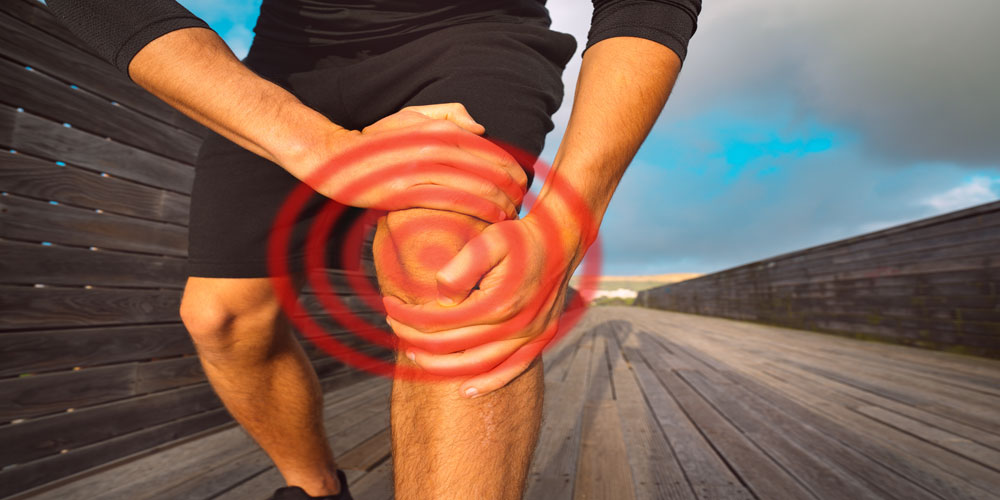Recovering from Strains and Sprains for the Sportsperson
For athletes and sports enthusiasts, injuries are often an unwelcome part of the game. Strains and sprains are among the most common injuries faced by sportspeople. While they can be painful and frustrating, understanding how to effectively recover from them is crucial for getting back to peak performance. This article delves into the nature of strains and sprains, their causes, and provides a comprehensive guide on how to recover from these injuries.
Understanding Strains and Sprains
Strains occur when muscles or tendons (the fibrous tissues that connect muscles to bones) are overstretched or torn. This can happen due to excessive force, fatigue, or improper use during physical activities. Common areas for strains include the hamstrings, back, and shoulders.
Sprains, on the other hand, involve the ligaments (the tissues that connect bones to each other) being stretched or torn. This typically happens when a joint is forced beyond its normal range of motion, such as twisting an ankle or knee. The most frequent site for sprains is the ankle.
Causes of Strains and Sprains
1. Overuse: Repeated motion or excessive activity without adequate rest can lead to these injuries.
2. Improper Technique: Incorrect form or technique during exercises or sports can increase the risk.
3. Inadequate Warm-Up: Skipping warm-up exercises can leave muscles and joints unprepared for intense activity.
4. Fatigue: Tired muscles are less supportive and more prone to injury.
5. Environmental Factors: Uneven surfaces, poor footwear, or unsuitable equipment can contribute to strains and sprains.
Symptoms
– Pain: Immediate and intense pain at the site of injury.
– Swelling: Inflammation around the affected area.
– Bruising: Discoloration due to bleeding under the skin.
– Limited Movement: Difficulty in moving the injured part.
– Muscle Spasms: Involuntary contractions in the case of strains.
Immediate Response: R.I.C.E Method
When a strain or sprain occurs, the R.I.C.E method is a widely recommended first-aid treatment to mitigate damage and promote recovery:
1. Rest: Avoid putting weight or stress on the injured area to prevent further damage.
2. Ice: Apply ice packs wrapped in a cloth to the affected area for 15-20 minutes every couple of hours to reduce swelling.
3. Compression: Use an elastic bandage to compress the injury, which helps minimize swelling and provides support.
4. Elevation: Keep the injured area elevated above heart level to reduce swelling.
Recovery Process
1. Medical Evaluation
For severe strains and sprains, it’s essential to seek medical attention. A healthcare professional can assess the injury’s extent through physical examination or imaging tests like X-rays or MRIs to rule out fractures or more serious damage.
2. Pain Management
Over-the-counter pain relief medications like ibuprofen or acetaminophen can help manage pain and inflammation. In some cases, doctors may prescribe stronger medications.
3. Physical Therapy
Once the initial pain and swelling have reduced, physical therapy becomes crucial. A physical therapist can design a rehabilitation program tailored to restore strength, flexibility, and range of motion. These exercises are vital for preventing future injuries and ensuring a full recovery.
4. Gradual Return to Activity
Rushing back into sports can lead to re-injury. It’s important to gradually reintroduce activity, starting with low-impact exercises and slowly increasing intensity. Listen to your body and avoid pushing through pain.
5. Strengthening and Conditioning
Incorporate exercises that strengthen the muscles around the injured area. This not only aids recovery but also prevents future injuries. Balance and stability exercises can be particularly beneficial for ankle and knee sprains.
Prevention Tips
1. Proper Warm-Up and Cool Down: Always start with a warm-up to prepare your body and end with a cool down to aid recovery.
2. Use Correct Gear: Ensure you have appropriate footwear and equipment suited to your sport.
3. Strength Training: Regularly engage in exercises that build muscle strength and endurance.
4. Flexibility Exercises: Incorporate stretching into your routine to maintain flexibility.
5. Listen to Your Body: Pay attention to signs of fatigue or discomfort and take breaks as needed.
Psychological Aspects of Recovery
Injuries can be mentally challenging, especially for athletes who are eager to return to their sport. It’s important to maintain a positive mindset and set realistic recovery goals. Support from coaches, teammates, and mental health professionals can be invaluable during this time.
Strains and Sprains
Recovering from strains and sprains requires patience, dedication, and a strategic approach. By understanding the nature of these injuries and following a structured recovery plan, athletes can return to their sports stronger and more resilient. Remember, prevention is always better than cure, so prioritize proper training techniques and listen to your body to minimize the risk of injury.
